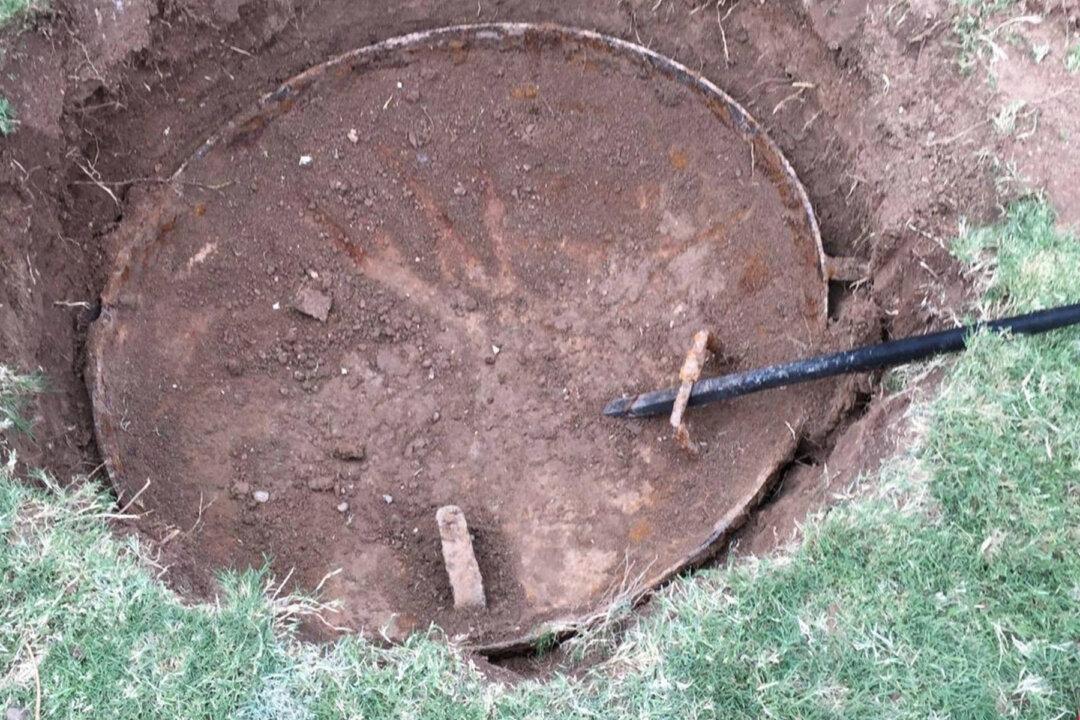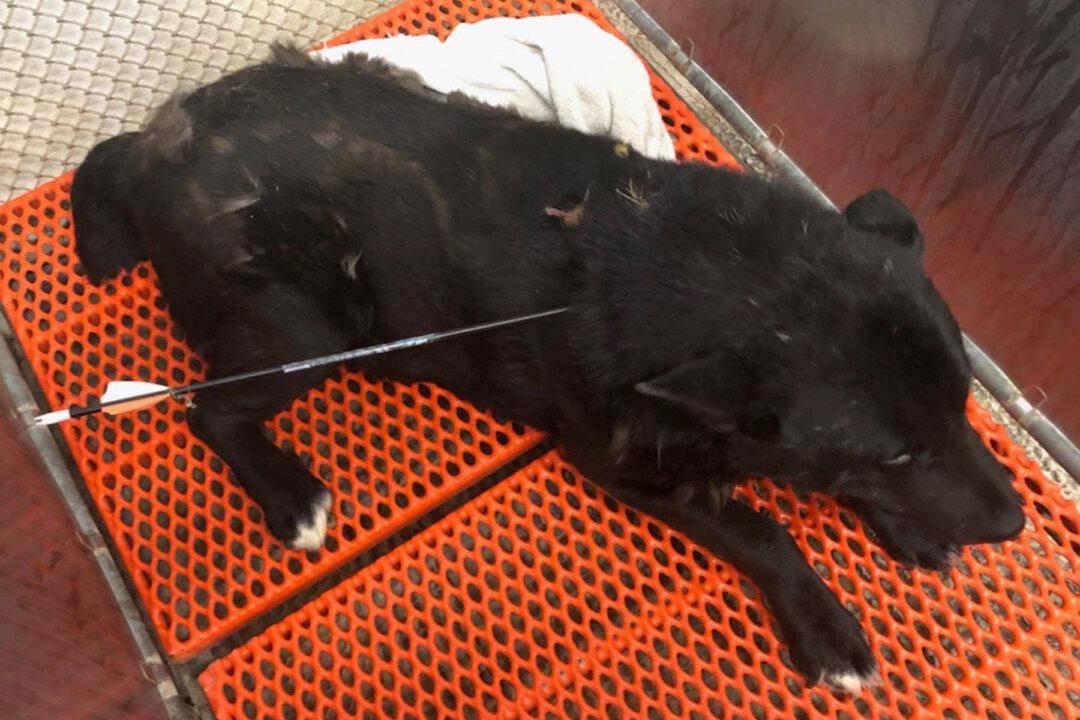From the archives: This story was last updated in August 2019.
John Sims, from Tucson, Arizona, was not expecting that the purchase of his new house would come with an extraordinary Cold War-era artifact. But when the friend he’d gotten the home from said that it might have a fallout shelter in the backyard, he was compelled to dig deeper.Upon finalizing the sale in 2015, Sims, a fire department captain, replied by jokingly asking for a shovel. “I’ll dig it up right now,” he said, as per the Arizona Daily Star.




